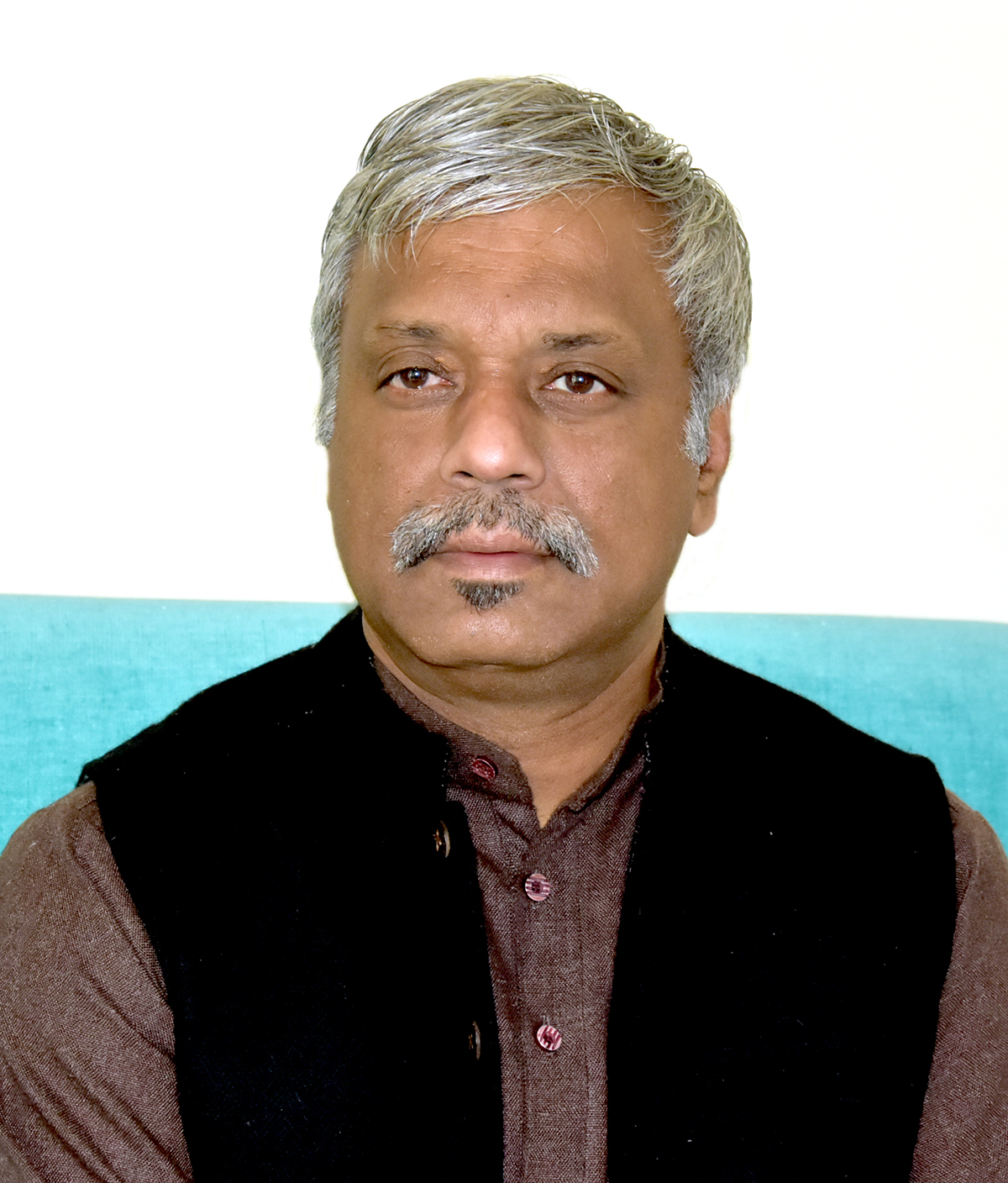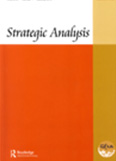Paris climate summit : an agreement for humanity
Every success symbolises a new beginning. In all fairness and leaving aside some merchants of doubts and the rigid sceptics, the Paris climate agreement can be regarded as a breakthrough or as the UN secretary general described “a monumental triumph”.
Unlike the other conference of the parties (COP) to the UNFCCC agreements, the Paris agreement finely balanced ambition of aggressively reducing greenhouse gases emission and yet upholding the principle of differentiation in efforts between the rich developed and developing countries and very crucially mobilising financial resources to support the efforts for a decarbonised world. But more significantly, the agreement provides the much needed space for facilitating action to empower the poorest people and developing countries in their efforts to achieve sustainable and people-centred development. In a nutshell climate justice! Indeed in any effort to secure global justice the disempowered and the marginalised people, vulnerable to the impacts of climate change, cannot be neglected. With the world in unison, a transition to a decarbonised economy by focusing on solar, wind and hydro as well as grid integration, energy efficiency and demand management is quite achievable.
The emphasis on renewable was the hallmark of the climate summit and solar was, in a sense, the “game-changer”. Taking the initiative and seizing the opportunity, India’s Prime Minister Narendra Modi launched the international solar alliance (ISA) of over 120 countries along with the French president Francois Hollande. Calling it “the sunrise of new hope”, Modi clearly demonstrated that India is ready to take on the challenges of climate with such bold approaches.
Earlier in October, the Prime Minister took the lead by launching a group of 107 sunshine countries at the India-Africa Summit and calling them “suryaputra”. This alliance is called the International Agency for Solar Policy and Application (IASPA). Taking the alliance seriously, the government has pledged to invest USD 30 million and set up the alliance headquarters in India with an eventual aim of raising USD 400 million. The power from the sun emphasised India’s own Intended Nationally Determined Contribution (INDC) action plan which outlines an increase in non-fossil based power capacity to 40 per cent by 2030. The renewable road map is ambitious yet achievable with 175 GW by 2022 and an additional 200 GW by 2030. The solar component is 100 GW by 2022 and with the solar technology fast evolving, costs increasingly coming down and better grid connectivity, India can achieve a much higher target of solar energy.
The solar stress has made the world look at India in a new light. With 300 million people without electricity (described as energy poverty) and with vast coal resources, India’s development has always posed a moral question – to pollute and develop like what the western developed countries did or to develop with responsibility. India’s renewable roadmap is a stamp of its leadership role in the climate conundrum, what Hollande described as “climate justice in action”. As a serious follower of the climate debate and a keen observer of the COP summits, I have never seen India bring so much of positivity and drive. India has emerged as the natural leader of the solar alliance and Modi as the “clean energy enabler” as someone remarked in Paris.
Leadership can inspire. It can equally trigger a series of responses and commitments, for example, the US and 18 other countries promised to provide USD 20 billion for clean energy research by 2020. Bill Gates and Mark Zuckerberg of Facebook have set up the Breakthrough Energy Coalition, which will act as an investment platform for clean energy technologies. The rulers of Dubai, an oil-rich emirate, have announced USD 27 billion to set up solar panels on every rooftop in Dubai by 2030.
For long, we were clubbed as climate deniers by the western world, painting us as the polluter. While we solidly argued our development motives and defended the ‘common but differentiated responsibility’ (CBDR), we now have taken the ‘respective capabilities’ principle soundly forward with voluntary targets and with necessary financial and technological help. The climate change issue and the NDA government’s position is not a partisan one but one of national consensus. This is refreshing in a rather contentious politics and a non-functioning Parliament.
The Paris agreement is a great example on how to collectively deal with the intertwined challenges of climate. Foremost, to be bold and ambitious is not necessarily foolish and certainly has merit, especially when more action is required than words. By announcing that the world will aim to limit global temperature rise to “below 1.5 C” from the earlier internationally accepted 2 C, was uniquely pathbreaking. For long, scientists have voiced that the 2C was a politically convenient target with no great drive to counter the rising temperature. It was being viewed as almost inevitable and that the world would have to simply learn to adapt with the changing climate. Now with the ambitious aim of 1.5C, the global desire brings in the need for greater differentiation between the developed and developing countries with the former having to take more emissions cut and to help developing countries in supporting financial and technological resources to achieve the target.
The Paris agreement ties together ambition, differentiation and finance in inseparable ways – triumvirate so to speak. This is how the climate roadmap largely will be defined and its success and failure will depend on the tightness of the triumvirate. The final text of the Paris agreement after days and long hours of negotiations is a triumph of the Indian negotiators and the Ministry of Environment and Forests and Climate Change (MoEF).
It is important to note that for the first time in COP summits, India set up a pavilion highlighting the climate issues, the actions towards meeting the challenges as well as India’s parampara of climate friendly sustainable practices. Interestingly, the India pavilion was next to Germany which said, “Below 2C – together we’ll make it”. Quite a coincidence given that India-German collaboration on cleaning rivers and on renewable will be critical.
Integrated coastal management was another significant highlight. With a coast-line of 7500-km, with about 1300 islands and about 25 per cent of the population living along the coast, sea level rise and its impact on coastal ecosystem are a huge challenge for India. Importantly, the Sunderban ecosystem shared between India and Bangladesh was discussed and the Indian minister for environment and forests Prakash Javadekar showing fine climate diplomacy reached out to the Bangladesh environment minister Anwar Hossain Manju and invited him to the Indian pavilion to share the Sunderban experience with both emphasising on joint management and cooperation of the shared ecosystem. The Bangladesh minister’s observation on the greatness of India’s democracy and the lessons that the neighbouring countries can learn was not just customary but reflected the goodwill that Bangladesh has towards India and the willingness to cooperate on critical issues. This side-event, one of the many such events facilitated by the MoEF, carried forward the 2011 MoU on Sunderban signed between India and Bangladesh. It is now hoped that the Sunderban mangrove forest with its huge carbon absorption capacity will gain the necessary policy traction and can lead to better management of this very vulnerable ecosystem.
As climate continues to change, and as actions are being forged, it is important to re-conceptualize and re-imagine regions from an ecosystem perspective. For example, South Asia should be seen as a ‘riverine neighbourhood’ or a ‘Himalayan watershed’ or a ‘monsoon Asia’ or a ‘glacial Asia’. Such kind of conceptulisation is a departure from the conventional ways of dividing the world into political-geography to using specific ecosystem to understand regions as one organic continuum and as an organic cultural whole. Viewing seas as a great “commons” or considering Himalaya as the ultimate watershed or charting the monsoon as a rain-dependent phenomena gives us a new lens to look at the world. It is said, “Man and not nature initiates, but nature in large measures control”. Ideas will thus have to meet the dictates of ecosystem.
What we also see in India’s climate policy is a recall to a traditional notion of sri-yantra or geo-philosophy. This means a confluence of science, philosophy, spirituality, and politics to achieve peace and prosperity.
(Dr Uttam Kumar Sinha is a Fellow at Institute for Defence Studies and Analyses (IDSA), New Delhi. He was part of the panel discussion on the Sunderban experience at the COP 21 in Paris.)
This article was originally published in Nationalist e-journal.
- Published: 12 January, 2016










